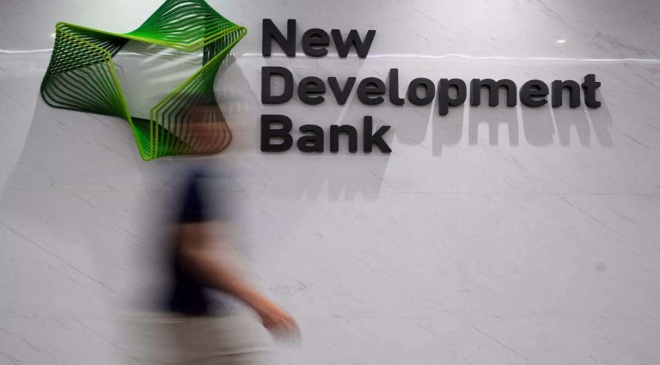The development bank founded by the so-called BRICS countries is planning to issue its first Indian rupee bond by October, its chief operating officer said on Monday, as the lender comes under pressure to raise and lend more in local currencies.
Read More: How To Start Mobile And Laptop Repairing Shop With Low Investment And Make It Profitable
The New Development Bank (NDB) issued its first rand bond in South Africa last week and could consider local currency issuance in members Brazil, Russia and United Arab Emirates, Vladimir Kazbekov told a press briefing ahead of the BRICS Summit in Johannesburg on Aug. 22-24.
Founded in 2015, the NDB is the most concrete achievement of the BRICS countries – Brazil, Russia, India, China and South Africa – as they bid to turn the bloc into a counterweight to the west. However, its already slow pace of lending has been further hampered by sanctions against Russia.
Read More: Canara Bank Launches UPI-Interoperable Digital Rupee App; Here’s How To Use
“We’re going to tap (the) Indian market – rupees – maybe by October in India,” Kazbekov said.
“Now we start thinking seriously… to use one member country’s currency to finance projects with that currency in another member. Let’s say, a project in South Africa to be financed in CNY (Chinese yuan), not with USD (U.S. dollar),” he said.
Kazbekov declined to give a target size for the Indian rupee bond program, which Reuters had previously reported was in the process of being set up.
Chief Financial Officer Leslie Maasdorp told Reuters then that the bank aims to increase local currency lending, most of which has so far been in the Chinese yuan, from about 22% to 30% by 2026, but that there were limits to de-dollarisation.
The NDB is also ready to fulfil a commitment made two years ago to provide $3 billion of financing for South Africa’s “Just Transition” from mostly coal power to renewable energy, Kazbekov said.
“The commitment is still there, but no projects. That’s why we are trying to find projects,” he said.



































